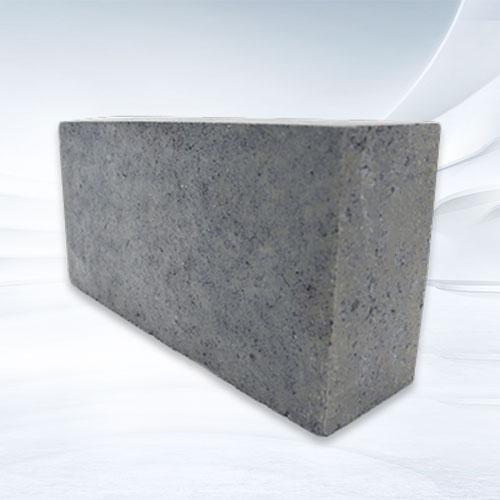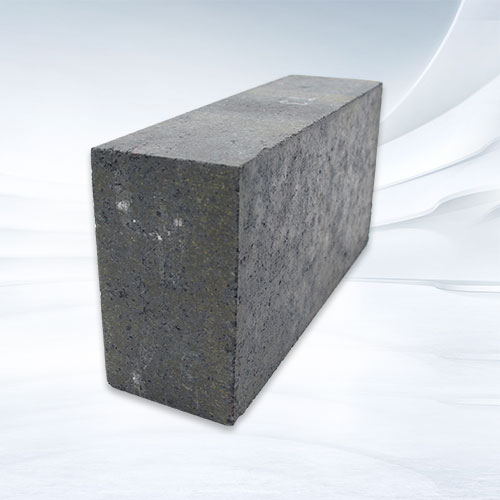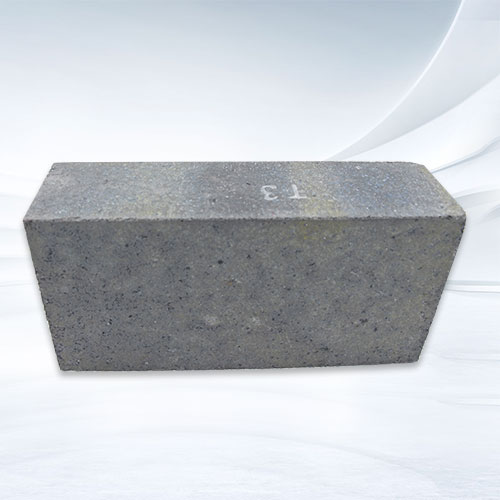Silica Carbide Brick Introduce
Silica carbide brick is a kind of refractory product mainly made of SiC, the silica carbide content is 72%~99%. Generally, the black silica carbide( content above 96%), add binding agent(or non-binding agent), made by the burdening, mixing, molding and burnt. The principal crystalline phase is SiC.
Silica Carbide Brick Technical Data
Brands
Items |
Oxide bond SIC
brick |
Cor-Silicon Carbide
brick |
Mullite-SIC brick |
High alumina SIC
brick |
| SIC% |
90 |
70 |
65 |
20 |
| Al2O3% |
– |
– |
20 |
55 |
| BDg/cm3 |
2.5 |
2.6 |
2.3 |
2.5 |
| Apparent porosity (%) |
17 |
22 |
20 |
20 |
| Cold crushing strength Mpa |
100 |
100 |
80 |
80 |
| Refractoriness under load (°C) |
1650 |
1700 |
1600 |
1600 |
Application of Silica Carbide Brick
1.Abrasive material—It is due to the high hardness, chemical stability and a certain toughness, so silica carbide brick can be used in manufacturing boned abrasive products, coated abrasive tool and free abrasive, so that can process glass, ceramics, stone, iron casting and some nonferrous metal, cemented carbide, titanium alloy, high speed steel cutter and grinding wheel, etc.
2.efractory material and corrosive-resistance material—It is owing to the high melting point(decomposition degree), chemical inertness and thermal shock resistance, so the silica carbide brick can be used as refractory slab and sagger in abrasive tools and ceramic products firing kiln, silica carbide brick used in Zinc smelting industry vertical cylinder distillation furnace, Aluminium cell lining, melting pot, small piece furnace material and other kinds of silicon carbide ceramic products.
3.Chemical Usage: Because silicon carbide can be decomposed in molten steel and reacts with oxygen and metal oxide in molten steel to produce carbon monoxide and slag containing silica. Therefore, it can be used as a refining agent for steelmaking, that is to be used as a deoxidizer for steelmaking and modifier for cast iron. This generally uses low – purity silicon carbide to reduce costs. At the same time, it can also be used as the raw material for the manufacture of silicon tetrachloride.




